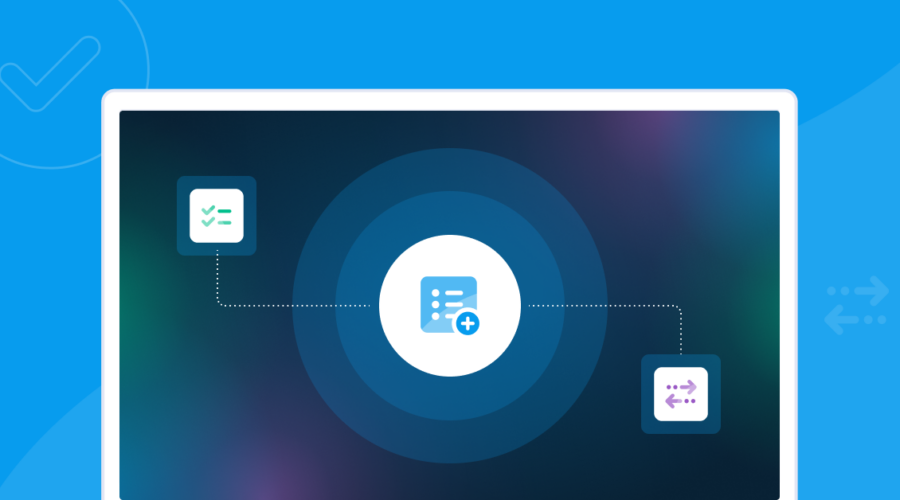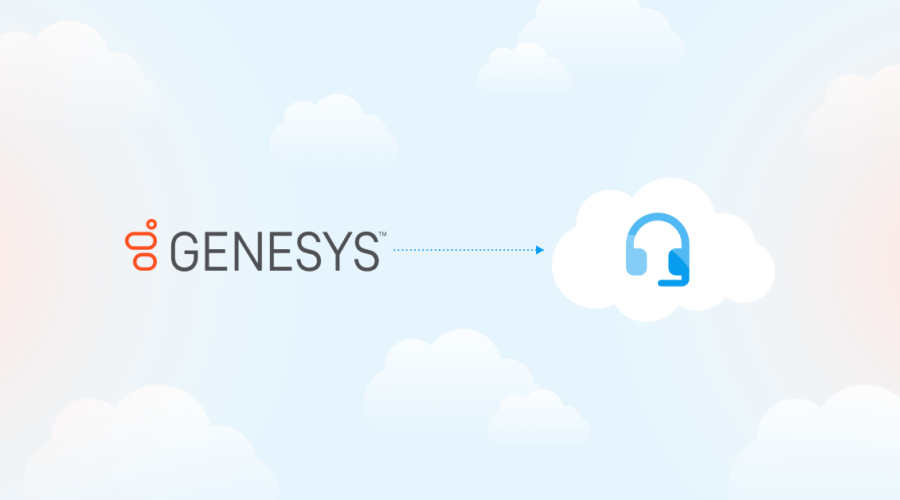In case you missed it, Genesys CEO Tony Bates announced plans to sunset MultiCloud CX and focus solely on their Pure Cloud and On-Premises solutions.
If you’re currently using MultiCloud CX, know someone that is, or you’re just staying up-to-date on industry news, you might be wondering why (and when) is this happening, what does this mean for the future of CX, and how can you get ahead?
Genesys is sunsetting MultiCloud CX
We know that Genesys MultiCloud CX will no longer be sold to customers, and current MultiCloud CX users have until their contracts. However, Genesys’ on-prem solution, Engage On-Premises, will still be available and offered to customers who can’t migrate to the cloud due to vertical, market, and regional restrictions.
So why is this happening? Genesys is retiring MultiCloud CX to make a “strategic pivot as a company” and focus on accelerating the development and adoption of Genesys Cloud CX. They’re focusing on the cloud contact center of the future, and it’s a great opportunity to further develop and establish their market position as a cloud leader.
This means Genesys MultiCloud customers can either move to Genesys Cloud CX, Genesys Engage On-Premises, or another contact center platform with hybrid functionality.
CX imperatives are now cloud-first, premise-second
Sunsetting MultiCloud CX reflects digital transformation on a micro-scale: to go all-in with the cloud. According to Gartner, contact center end-user spending will climb to $34.6 billion by 2026 as digital channels, analytics, marketplaces, and cloud delivery adoption accelerates. AI-infused solutions are anticipated to represent a growing segment of the market.
The cloud future is already here due to remote and hybrid work, cloud innovation, and a leaner cost structure, but on-premise and hybrid contact centers still have time to catch up.
Moving to the cloud brings the opportunity to:
- Outsource your contact center management and telephony
- Integrate with cloud-based tools to build a best-in-breed contact center
- Unbundle telephony and go directly to a voice provider
- Lower costs around maintaining on-prem infrastructure
- Scale quickly to meet your organization’s needs
- Deliver capabilities and innovation needed for operations
Are you ready for a cloud contact center?
By 2026, Gartner estimates that CCaaS licenses will represent over 49% of installed contact center agents. Wow! According to the technology adoption curve, that means nearly all of the early majority will be using a CCaaS solution.
So how should you get from on-premise to the cloud without breaking anything?
Approach your strategy carefully. To gain control over integrations, call control, and direct-carrier support, enterprises are choosing the Bring Your Own Carrier (BYOC) model to power telephony.
In fact, Metrigy found that 42.5% of organizations unbundled telephony in 2021 and another 33.3% planned to in 2022.
But why is going directly to a carrier so critical to your cloud future?
Cloud-first CX begins with your voice provider
Find a good carrier, and they can take you anywhere. That’s why innovative enterprises have been decoupling their SIP, emergency calling, and messaging from CCaaS platforms and plugging in their own telecom through the Bring Your Own Carrier (BYOC) model.
There are many reasons why enterprises choose to bring their own carriers. For large, complex contact centers, BYOC has become increasingly popular because it offers control, flexibility, and vendor consolidation at scale.
In addition, legacy voice providers weren’t built for the cloud, but there are new carriers that can offer more—like a universal communications platform that allows you to design and build your best-in-class CX stack, whatever that looks like.
Closing the cloud integration gap
As organizations moved CX to the cloud, they noticed a gap between SaaS and telecom layers—what we call “the integration gap.” In order to send media to both CCaaS and third-party tools like voice authentication and analytics, contact centers were forced to keep their on-premise Session Border Controllers (SBCs) to control call flows.
Instead of building a custom in-house integration or keeping on-premises equipment, organizations can rely on their modern telephony provider to bridge solutions together—something legacy carriers wouldn’t do so easily, because it required re-architecting their network.
With an agile, cloud-first carrier, enterprises can leverage carrier-level integrations to build that best-of-breed CX stack, whatever that means to you.
Learn more about the contact center cloud
Still on-premise, or caught in the middle of your legacy past & cloud future? You have time and resources to help you catch up. Genesys is a Gartner Magic Quadrant leader for a reason—and by unbundling your telephony, you can also leverage the power of a modern voice provider to fill in the gaps.
Still have more questions? Talk to one of our experts to learn more.




